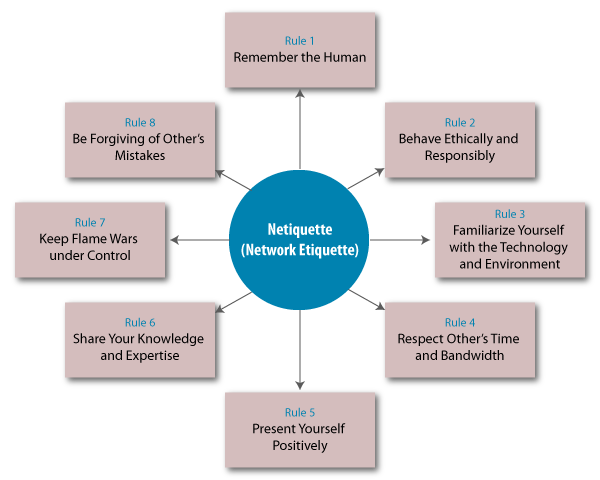club purchase that comes with rules of etiquette nyt
Club purchase that comes with rules of etiquette nyt
COMMENTS ARE NOW CLOSED ON THIS PAGE. We hope you find the U.S. flag guidelines above helpful. In addition, we have kept the hundreds of reader comments below in case you find them useful slots empire bonus. For further questions about the flag or to buy the flag, we suggest contacting The American Legion, America’s largest veterans service organization.
The following codification of existing rules and customs pertaining to the display and use of the flag of the United States of America is established for the use of such civilians or civilian groups or organizations as may not be required to conform with regulations promulgated by one or more executive departments of the Government of the United States. The flag of the United States for the purpose of this chapter shall be defined according to sections 1 and 2 of this title and Executive Order 10834 issued pursuant thereto.
Bunting of blue, white, and red always arranged with the blue above, the white in the middle, and the red below, should be used for covering a speaker’s desk, draping the front of the platform, and for decoration in general.
(m) The flag, when flown at half-staff, should be first hoisted to the peak for an instant and then lowered to the half-staff position. The flag should be again raised to the peak before it is lowered for the day.
(n) When the Flag is used to cover a casket, it should be so placed that the union is at the head and over the left shoulder. The flag should not be lowered into the grave or allowed to touch the ground.
10 golden rules of email etiquette
Pro-tip 💡 Be mindful of what you write! A good rule of thumb? Never write anything you wouldn’t want shared publicly. Treat every email like it could be screenshotted and seen by the world (because it could).
Email etiquette, often referred to as email courtesy, provides essential guidelines for effective communication in both professional and social contexts. The etiquette varies depending on your audience and the tone you’re aiming for.
Don’t stall from the point. It is necessary to understand this basic email etiquette. As a professional, you want quick information and fast results. When someone writes 2 paragraphs before getting to the point, the audience might lose interest. The point of discussion may get lost completely.

Pro-tip 💡 Be mindful of what you write! A good rule of thumb? Never write anything you wouldn’t want shared publicly. Treat every email like it could be screenshotted and seen by the world (because it could).
Email etiquette, often referred to as email courtesy, provides essential guidelines for effective communication in both professional and social contexts. The etiquette varies depending on your audience and the tone you’re aiming for.
What are three basic rules of online etiquette (netiquette)
“I think the most important rule for me is that as a parent, do not share your children’s pictures or private information online,” says Jennifer Zhu Scott, a technology executive and mom of two. Because of user agreements, even when you post to a private account on platforms such as Facebook or Instagram, that content is no longer yours, she says. Additionally, others can screenshot or download your pictures and posts without you knowing.
To help fight misinformation and to practice good online etiquette, always double-check the information you share online. Especially on social media networks, avoid simply reposting or sharing claims—particularly controversial ones—without verifying them first.
The same respect for privacy applies when uploading photos or videos online that include other people, whether in a public space or on your private social media page. Remember that if you tag people on Facebook, others can access these photos unless the people in them have adjusted their privacy settings.

“I think the most important rule for me is that as a parent, do not share your children’s pictures or private information online,” says Jennifer Zhu Scott, a technology executive and mom of two. Because of user agreements, even when you post to a private account on platforms such as Facebook or Instagram, that content is no longer yours, she says. Additionally, others can screenshot or download your pictures and posts without you knowing.
To help fight misinformation and to practice good online etiquette, always double-check the information you share online. Especially on social media networks, avoid simply reposting or sharing claims—particularly controversial ones—without verifying them first.
The same respect for privacy applies when uploading photos or videos online that include other people, whether in a public space or on your private social media page. Remember that if you tag people on Facebook, others can access these photos unless the people in them have adjusted their privacy settings.


